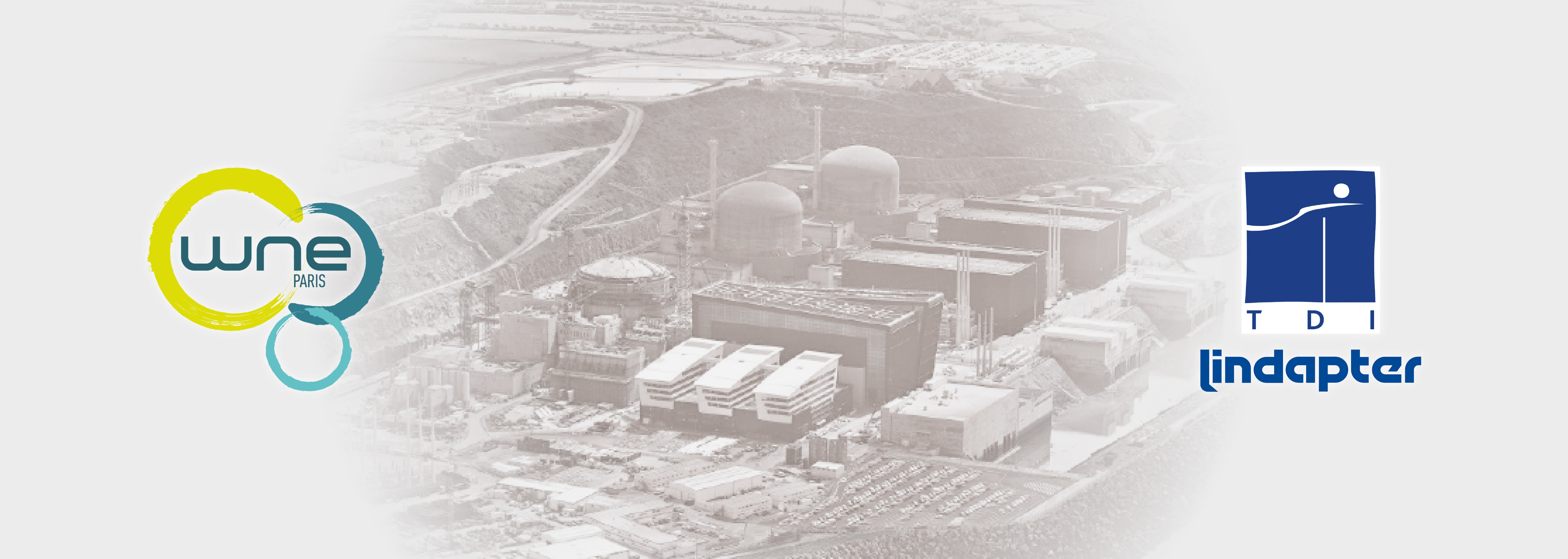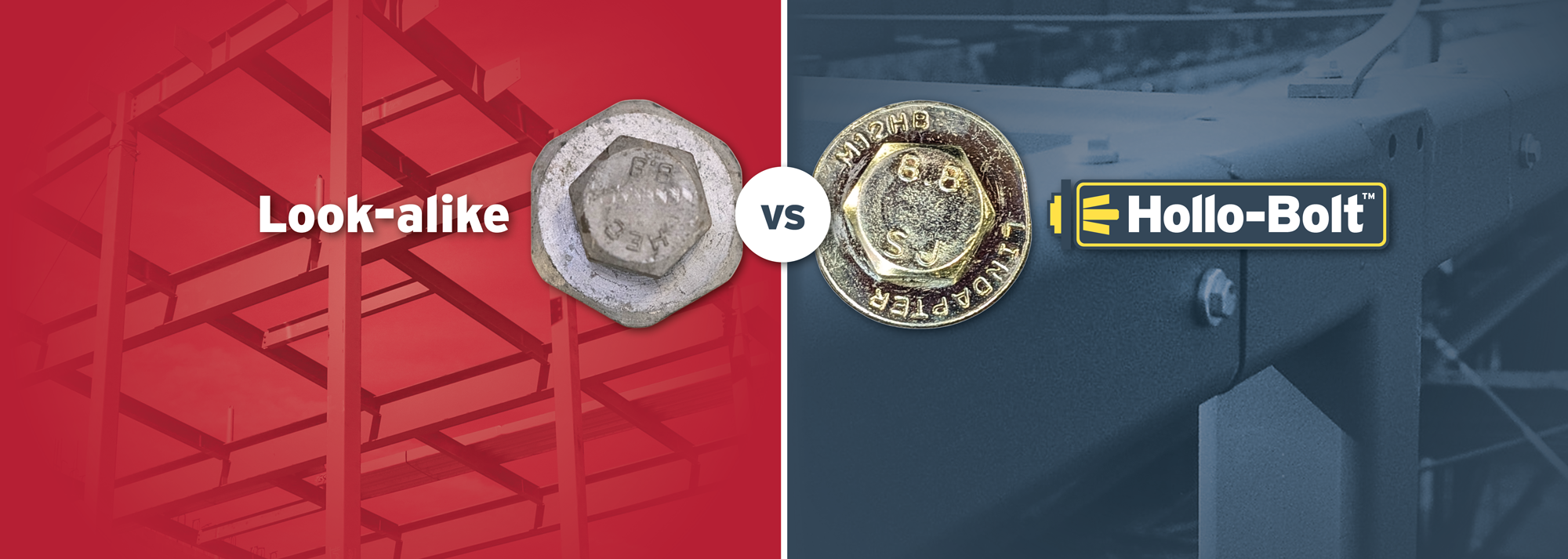Lindapter girder clamps offer a faster, cost-effective alternative to on-site drilling or welding. They are designed to reduce installation time and labour costs, with on-site adjustability being a key benefit.
A high-strength connection is quickly achieved by clamping two steel sections together using a standard girder clamp configuration, which consists of Lindapter clamps, a location plate, bolts, washers, and nuts.
During on-site installation, the location plate is positioned, and the steel beams are aligned by sliding the sections into place. The Lindapter clamps, bolts, washers, and nuts are then fitted to hold the connection securely. At this stage, any final positional corrections can be easily made by sliding the beams into their correct and final positions.
The installation is completed by tightening each bolt to the recommended torque using a torque wrench. Even at this stage, if it is found that the beams need repositioning, the Lindapter girder clamps offer complete adjustability—they can be undone easily, allowing the steel to be repositioned and the clamps re-tightened.
This avoids the need for time-consuming and costly remedial work, such as removing a weld, which is difficult to achieve.
Clamping also facilitates easy disassembly, making it an ideal choice for deconstruction and sustainability at the end of a building's life.
Benefits of Clamping & Adjustability
- Easy installation and disassembly, allowing for convenient adjustments.
- Flexibility in design and execution.
- Straightforward and precise alignment changes without compromising integrity.
- Reduced on-site labour time compared to welding.
- Cost-effective due to ease of installation and reduced labour time.
- Ease of inspection and maintenance—disassembly and reassembly are simpler if a beam needs replacement or adjustment.
- Complete on-site adjustability avoids remedial work, delays, and increased costs.
- Removable and reusable for future adaptability.
Welded Connections
Welded connections are widely used in the construction industry due to their strong, permanent, and cohesive bonds. However, the welding process uses extreme heat, pressure, or both to fuse steel pieces together, presenting challenges, especially on-site, such as the need for skilled labour, specialist equipment, and the dangers of hot working.
If the weld is of poor quality or the steel beams are incorrectly positioned after welding, problems can quickly arise. Removing a weld is a difficult, time-consuming, and costly process involving either a thermal or mechanical technique. Thermal methods use high temperatures to liquefy the metal and undo the weld, while mechanical methods involve cutting, grinding, or breaking apart the weld. Neither option is easy and usually results in one of the metal pieces being damaged.
Welding lacks the flexibility needed for adjustments during construction, future modifications, or deconstruction.
Welding Problems
- Permanence and difficulty of undoing once welded.
- Fixed connection limits future modifications.
- Complex on-site work, including welding equipment setup, safety precautions, and the need for skilled labour.
- Higher costs due to skilled labour requirements and equipment.
- Effort-intensive inspection and maintenance—repairs or modifications may require cutting and re-welding.
- Lack of on-site flexibility or adjustability without additional and costly remedial work.
- Removal of a poor weld can damage metal pieces, and remedial work due to on-site alignment issues can negatively impact the project’s programme and costs.
Project Example: Allegiant Stadium, Las Vegas
Lindapter girder clamps were used to connect a massive electronic media mesh screen to the exterior steel framework of the world’s most expensive stadium in Las Vegas.
Following the stadium's opening and the media screen's assessment over several weeks, small adjustments to the positioning of some LED panels were required. The use of Lindapter girder clamps proved invaluable as the contractor could easily loosen the relevant clamps, reposition the LED panels, and then re-tighten the clamps to securely hold the panels in place. Had the LED panels been welded, the time and cost involved in breaking, grinding, and re-welding would have been enormous. The adjustability of the girder clamp connections was, therefore, a significant advantage, saving both time and money.
Read the full case study here: Allegiant Stadium Case Study.
Summary
In summary, clamping offers adjustability, ease of installation, and cost-effectiveness, making it a preferred choice for steel connections. Welding, while strong, lacks the flexibility needed for adjustments during construction or future modifications, and is more hazardous and costly compared to clamping. For your next project, contact Lindapter and our experienced engineers will work with you to design the optimum connection detail.
Visit the Lindapter International website for more information on Unlocking Precision: The Benefit of Adjustable Girder Clamps in Construction






